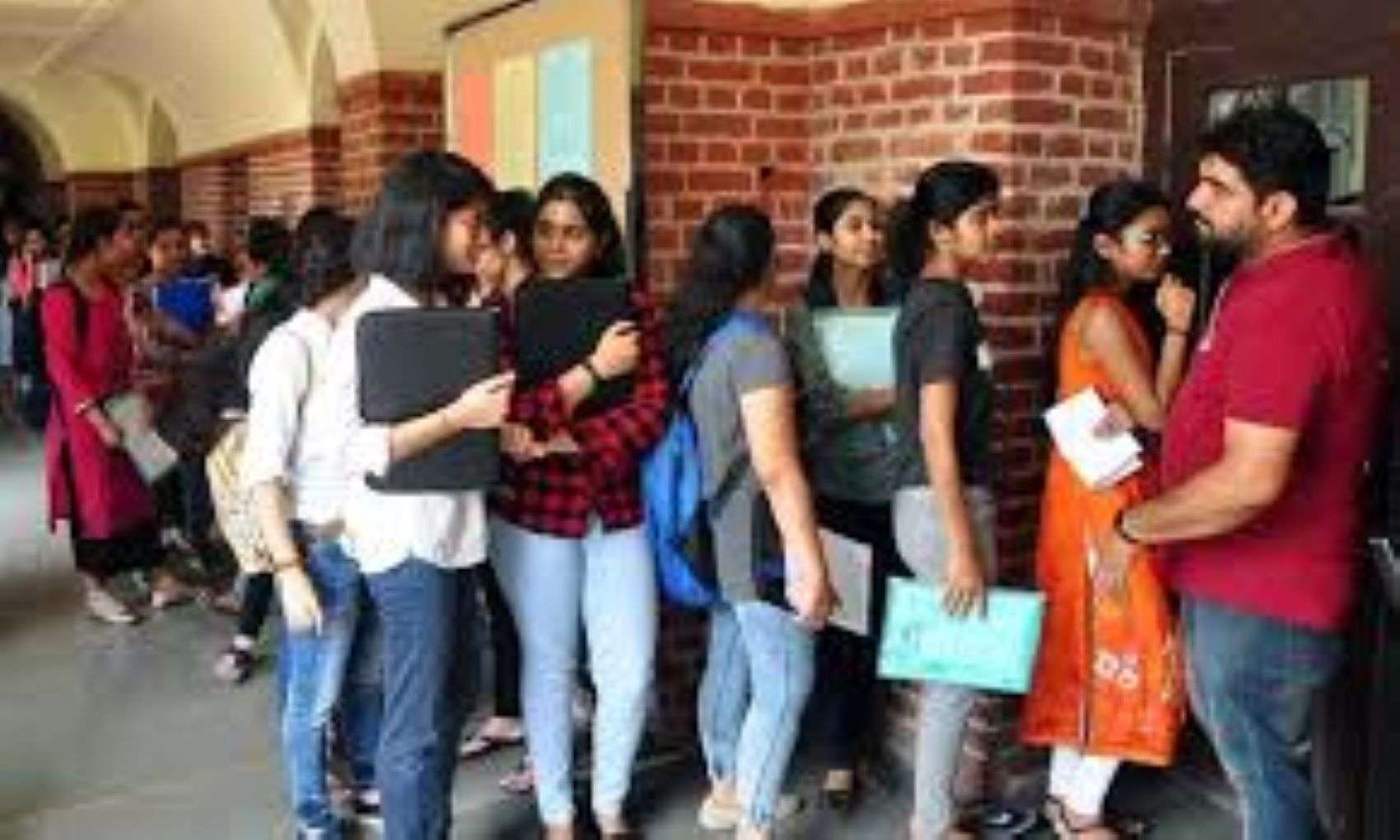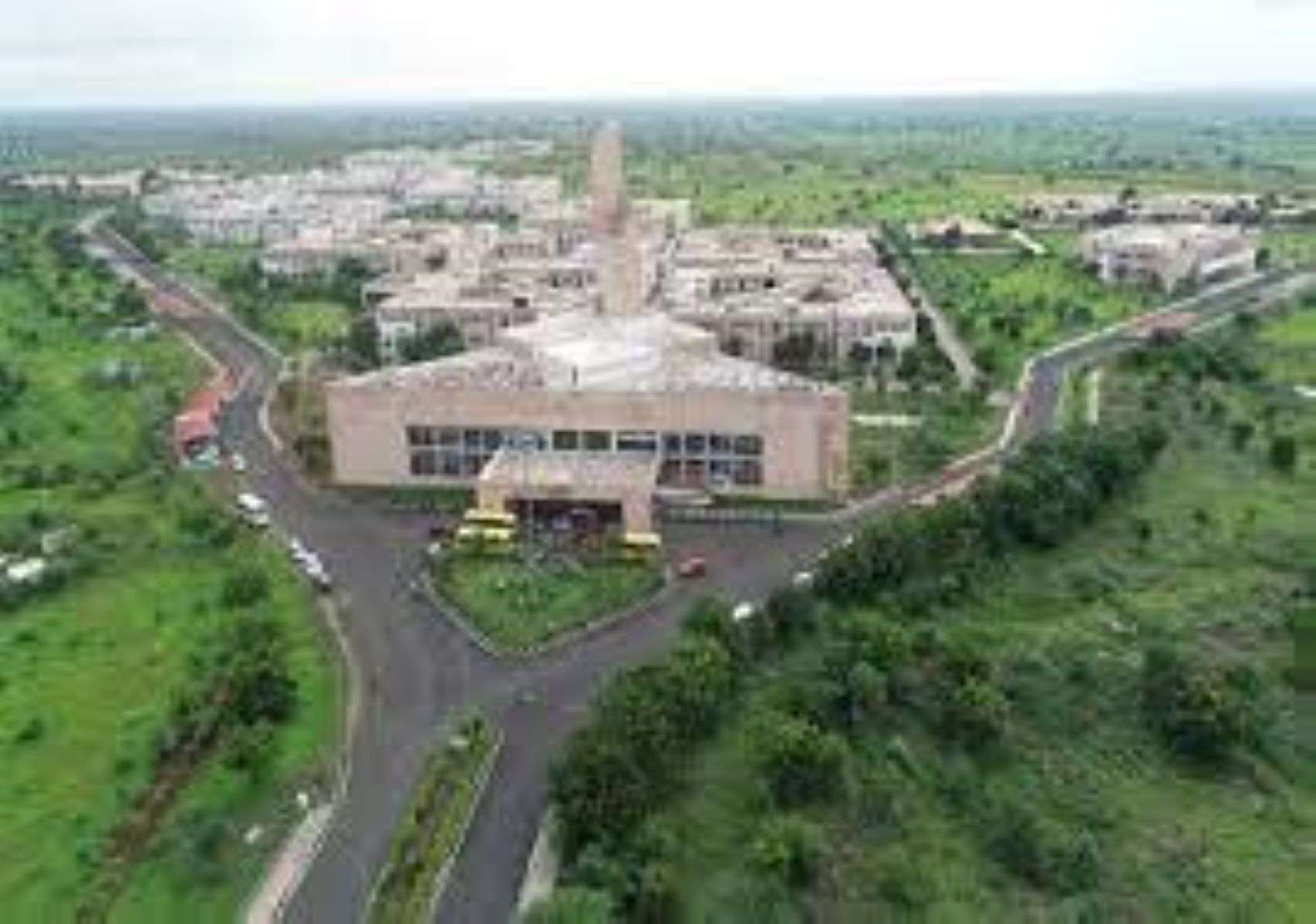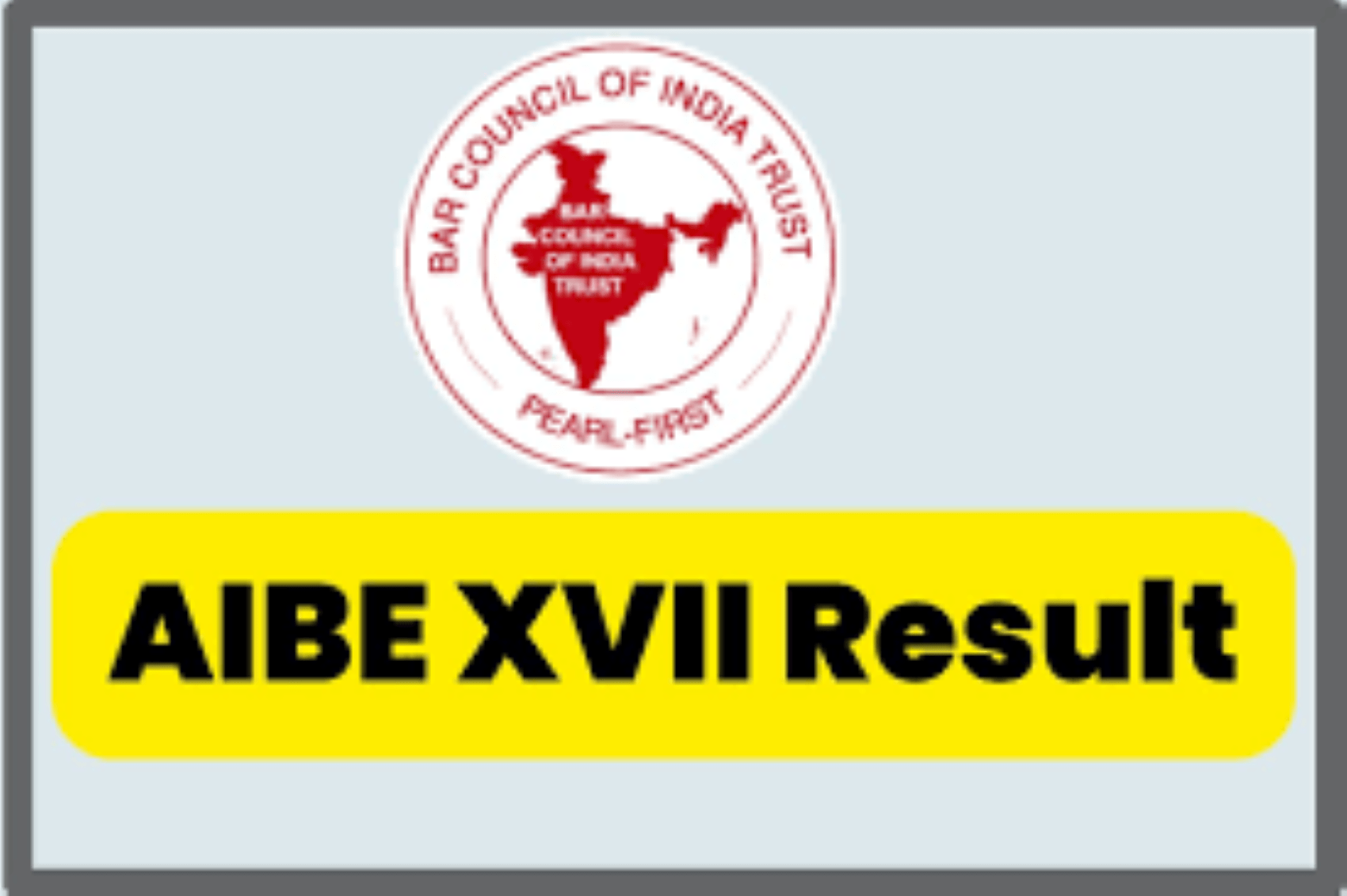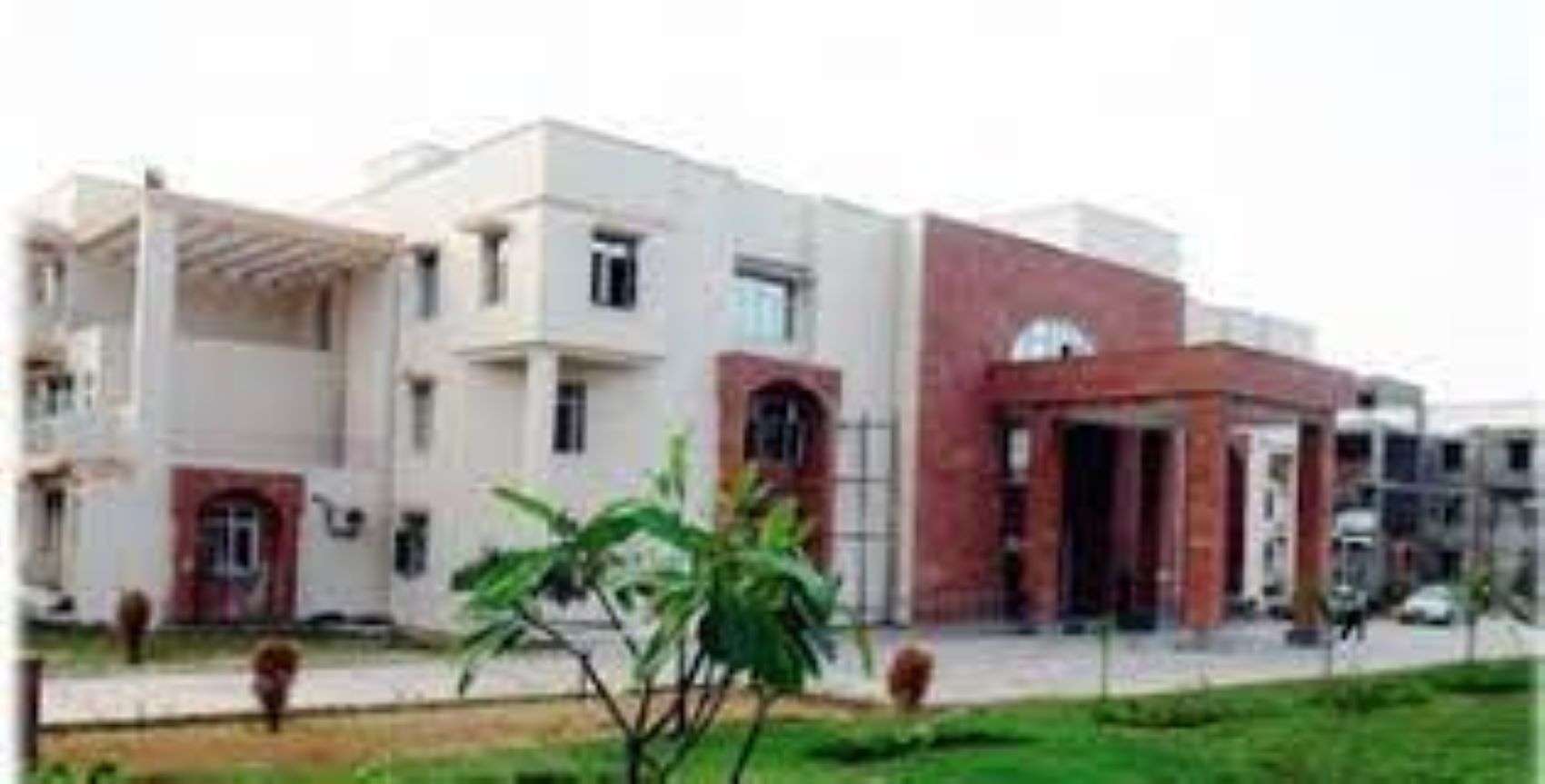The latest Ease of Doing Business for Indian States ranking, published by the Department of Industry and Domestic Trade Promotion (DPIIT), yielded some interesting results. The absence of more industrialized states like Tamil Nadu and Maharashtra in the upper echelons and the presence of states like Uttar Pradesh (which was far behind in the past but has now reached number 2 throughout India) in the first rows, this surprised many. An overview of what was used to calculate the final ranking.

How to access the ranking?
The aim of the DPIIT reform exercise is to create a conducive business environment, for which state regulation should be simplified. Therefore, he devised a methodology to rank states based on the Ease of Doing Business (EoDB) within a state.
- The DPIIT provides a set of recommendations aimed at reducing the time and effort that businesses invest in complying with the regulation called the Business Reform Action Plan (BRAP).
- BRAP 2019 is a list of 80 recommended reform points to simplify, streamline and digitize the regulatory framework in a state.
- The reforms are grouped into 12 major areas such as land administration, labor regulations, obtaining permits for the supply of electricity and water, environmental regulations, etc.
- States must submit proof of implementation of each reform to the DPIIT EoDB portal and submit a list of users of these. reforms.
- A sample of these users is then interviewed to determine the effectiveness of these reforms.
- Each question is given a weight. The final score is a weighted average of all responses applicable to a state.
What reforms does DPIIT recommend?
DPIIT recommends that all states have a one-stop-shop system that provides all the necessary information on permits and licenses needed to start a business. Authorizations required from government agencies or municipal or village police for activities such as making films should also be explicitly mentioned.
- To further reduce delays, DPIIT recommends that licenses be extended or automatically renewed on the basis of self-certification or third-party verification. A state is also rewarded if a set of regulations (such as labor or environmental laws) do not apply to it.
Are these scores and ranges comparable to previous years?
For the first time since its creation in 2015, BRAP’s ratings were based entirely on feedback from the companies targeted by these reforms. Previous editions calculated scores based on responses from relevant government departments. The 2017-2018 edition used a combination of state government and user feedback to calculate the score. Therefore, strictly speaking, the 2019 ranking is not comparable to last year.
How have states performed?
Andhra Pradesh took first place for the third time since the ranking was first published in 2015 (Table 1). UP jumped ten places to number two and Telangana slipped to three. Gujarat, which was first in the first edition of the ranking, was ranked 11th this year; Haryana slipped to 17th.
Why have these rankings been criticized?
The DPIIT methodology does not take into account the actual number of reforms implemented by states, as shown in Table 2. States such as Haryana and Gujarat have implemented all of the reforms recommended by DPIIT, but they ranked at the bottom of the EoDB list.
- Gujarat reportedly attributed this to the poor response of respondents. The methodology used by DPIIT only awards points in a reform to a state if there has been an adequate response from users of that response.
- Ideally, the number of respondents for each state should be decided on the basis of population or number of business clusters to ensure that the sample is representative of the state. It is not clear whether DPIIT used representative samples.
- In addition, business owners’ expectations of governments may differ. A business owner in Tamil Nadu may rate their state government’s IT portal differently than that of the UP.
Are these scores and rankings comparable to previous years?
For the first time since its creation in 2015, the BRAP ranking was entirely based on feedback from the companies targeted by these reforms. Previous editions calculated scores based on responses from relevant ministries. The 2017-2018 edition used a combination of state government and user feedback to calculate the score. Therefore, strictly speaking, the 2019 ranking is not comparable to last year.
How have states behaved?
Andhra Pradesh ranked first for the third time since the ranking was published in 2015 (Table 1). UP jumped ten places to number two and Telangana slipped to three. Gujarat, which was first in the first edition of the ranking, was ranked 11th this year; Haryana slipped until she was 17.
Why have these rankings been criticized?
The DPIIT methodology does not take into account the actual number of reforms implemented by states, as shown in Table 2. States like Haryana and Gujarat have implemented all of the reforms recommended by DPIIT, but they have been placed at the bottom of the BDD list. .
- Gujarat reportedly attributed this to the poor response of respondents. The methodology used by DPIIT only awards points in a reform to a state if there has been an adequate response from users of that response.
- Ideally, the number of respondents for each state should be decided based on the population or the number of business groups to ensure that the sample is representative of the state. It is not clear whether DPIIT used representative samples.
- In addition, business leaders’ expectations of governments may differ. A business owner in Tamil Nadu may rate their state government’s IT portal differently than that of the UP.
Are these scores and rankings comparable to previous years?
For the first time since its creation in 2015, the BRAP ranking was entirely based on feedback from the companies targeted by these reforms. Previous editions calculated scores based on responses from relevant ministries. The 2017-2018 edition used a combination of state government and user feedback to calculate the score. Therefore, strictly speaking, the 2019 ranking is not comparable to last year.
How have states behaved?
Andhra Pradesh ranked first for the third time since the ranking was published in 2015 (Table 1). UP jumped ten places to number two and Telangana slipped to three. Gujarat, which was the first in the first edition of the ranking, was ranked 11th this year; Haryana slipped until she was 17.
Why have these rankings been criticized?
The DPIIT methodology does not take into account the actual number of reforms implemented by states, as shown in Table 2. States such as Haryana and Gujarat have implemented all of the reforms recommended by DPIIT, but they were placed at the bottom of the database list.
- Gujarat reportedly attributed this to the poor response of respondents. The methodology used by DPIIT only awards points in a reform to a state if there has been an adequate response from users of that response.
- Ideally, the number of respondents for each state should be decided based on the population or the number of business groups to ensure that the sample is representative of the state. It is not clear whether DPIIT used representative samples.
- In addition, business leaders’ expectations of governments may differ. A Tamil Nadu business owner may rate their state government IT portal differently from the UP.
How do these reforms affect investment?
CARE Ratings analysis shows that “the top-ranked states for ease of doing business were not necessarily associated with a higher proportion of new investments announced during the year.”
- As Table 3 shows, with the exception of Andhra Pradesh, the top-ranked states in this ranking do not have a high share of the total investment during the year. Indeed, companies meet other conditions such as the availability of skilled labor, infrastructure, financing, etc.
- Plus, these rankings don’t take into account the cost of doing business, which is what businesses ultimately care about.











More Stories
Registration for CLAT 2025 begins today; last date October 15
CLAT 2025 registration will begin on July 15
Delhi University 5 Year Law Programs Registration Begins